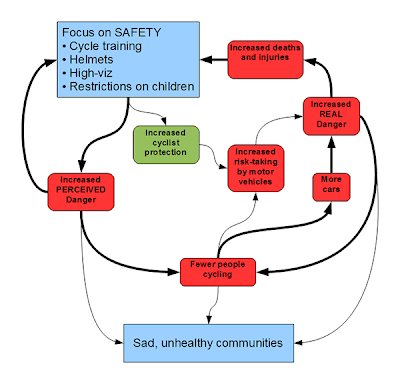So had DfT just ridden rough-shod over the whole "localism" idea?
The DfT summary of the awards made, shows the "Large Projects" award of £2.346 million made to WSCC for the "West Sussex Sustainable Travel Towns" project. This project was refused funding in Tranche 1 and invited to resubmit through Tranche 2. The first bid failed to include any mention of Worthing, apparently, but that isn't available on WSCC's website any more.
So what was the successful WSCC bid actually for? Here it is in all its glory:
Well, the project name is indeed "West Sussex Sustainable Travel Towns", and the area it covers
will be focussed on the urban areas of Chichester, Crawley, Horsham and Worthing.There's lots of good words about encouraging cycling and public transport, as usual. So it appears that the project as a whole was awarded funding, even though only half that applied for.
So why does the WSCC press release say:
The County Council was awarded £2.46m for its three-year ‘West Sussex Sustainable Travel Towns’ project.
The money will be invested in Chichester and Horsham in public transport interchange facilities, cycle routes and pedestrian facilities, and initiatives that encourage people to change the way they travel.
County Council Cabinet Member for Highways and Transport, Pieter Montyn, said: “We believe this funding will help promote economic growth in both towns while reducing carbon emissions.
“The Department of Transport has decided that allocating money for Chichester and Horsham will benefit these areas, so this is a fabulous opportunity to make improvements.”
(my emphasis)
Has the DfT really restricted WSCC in how they can spend the money? Or is Cllr Montyn making things up? Why are Crawley and Worthing, the two largest towns in West Sussex, being ignored?
I hope to find out.



 Oddly, rather than congratulate him on cycling, rather than driving around inside a dangerous tonne-and-a-bit of metal,
Oddly, rather than congratulate him on cycling, rather than driving around inside a dangerous tonne-and-a-bit of metal,  In comparison, the
In comparison, the 

